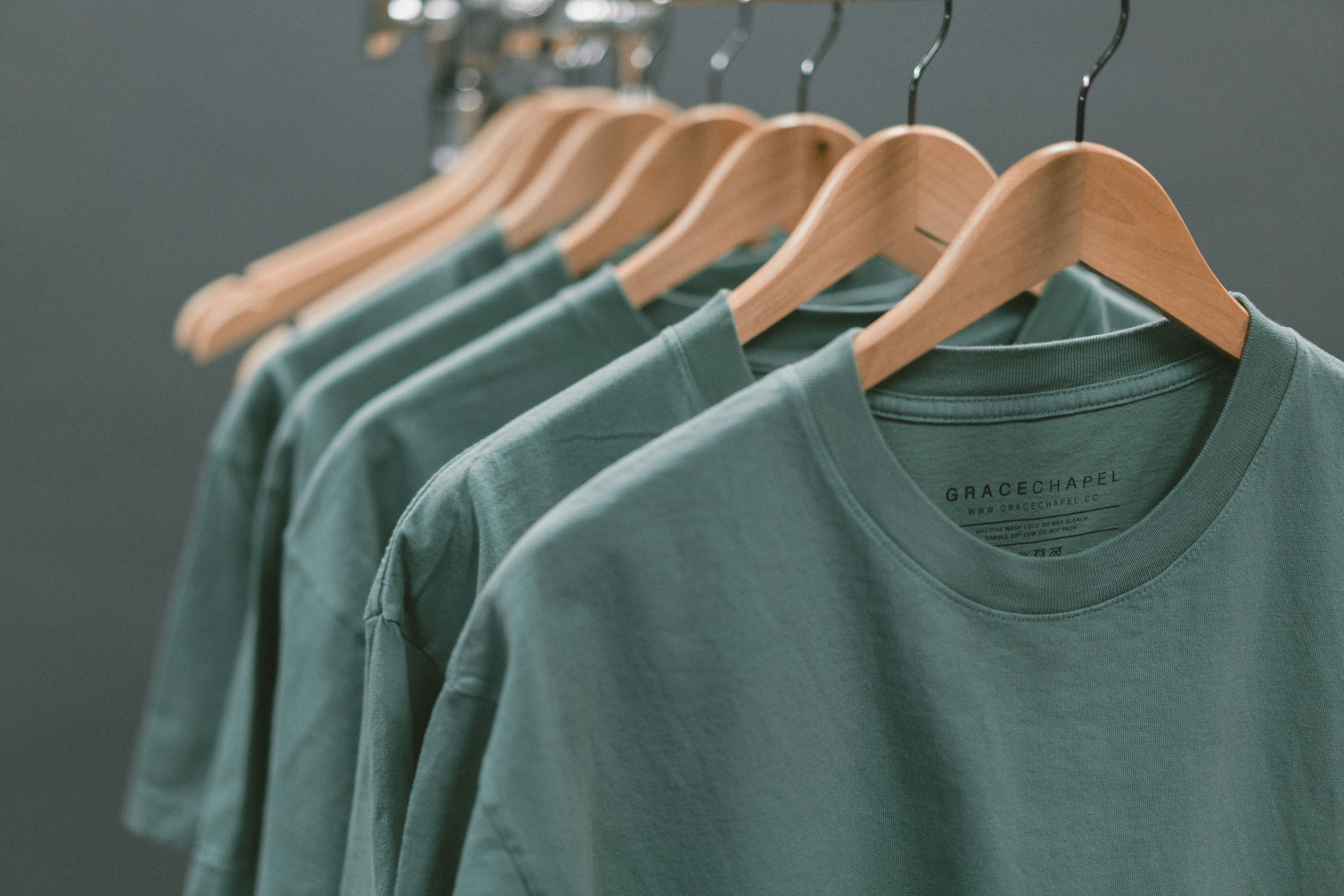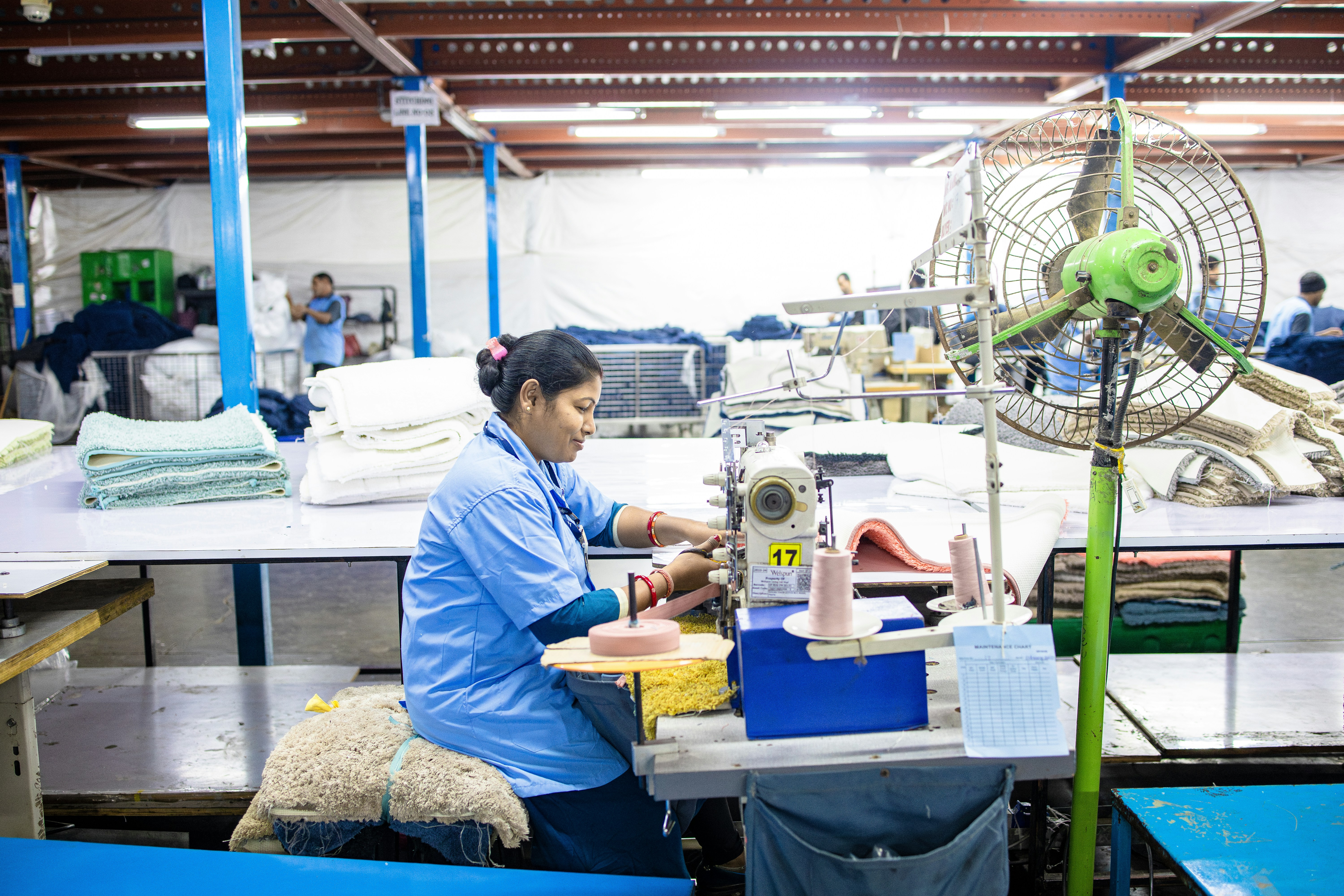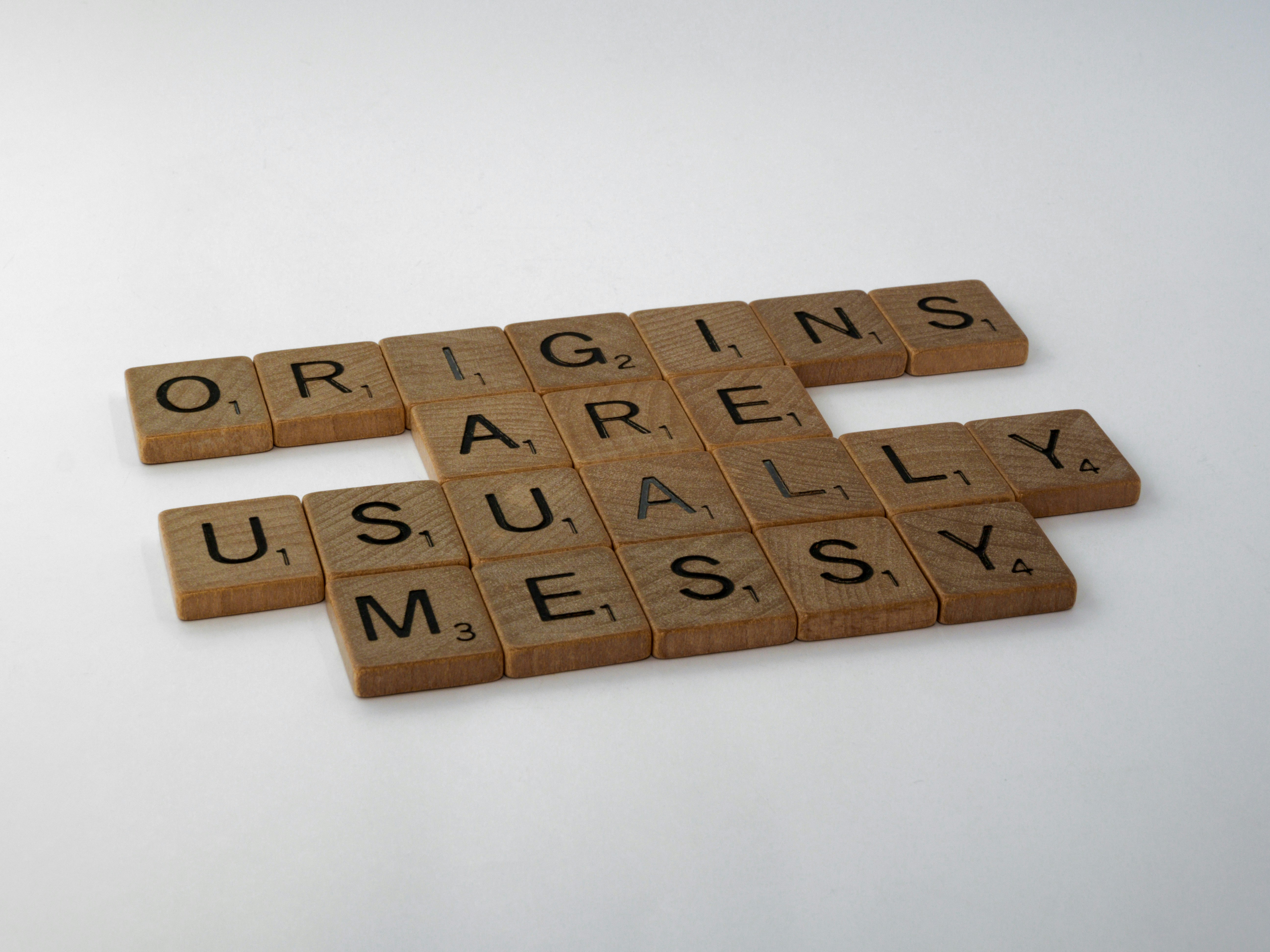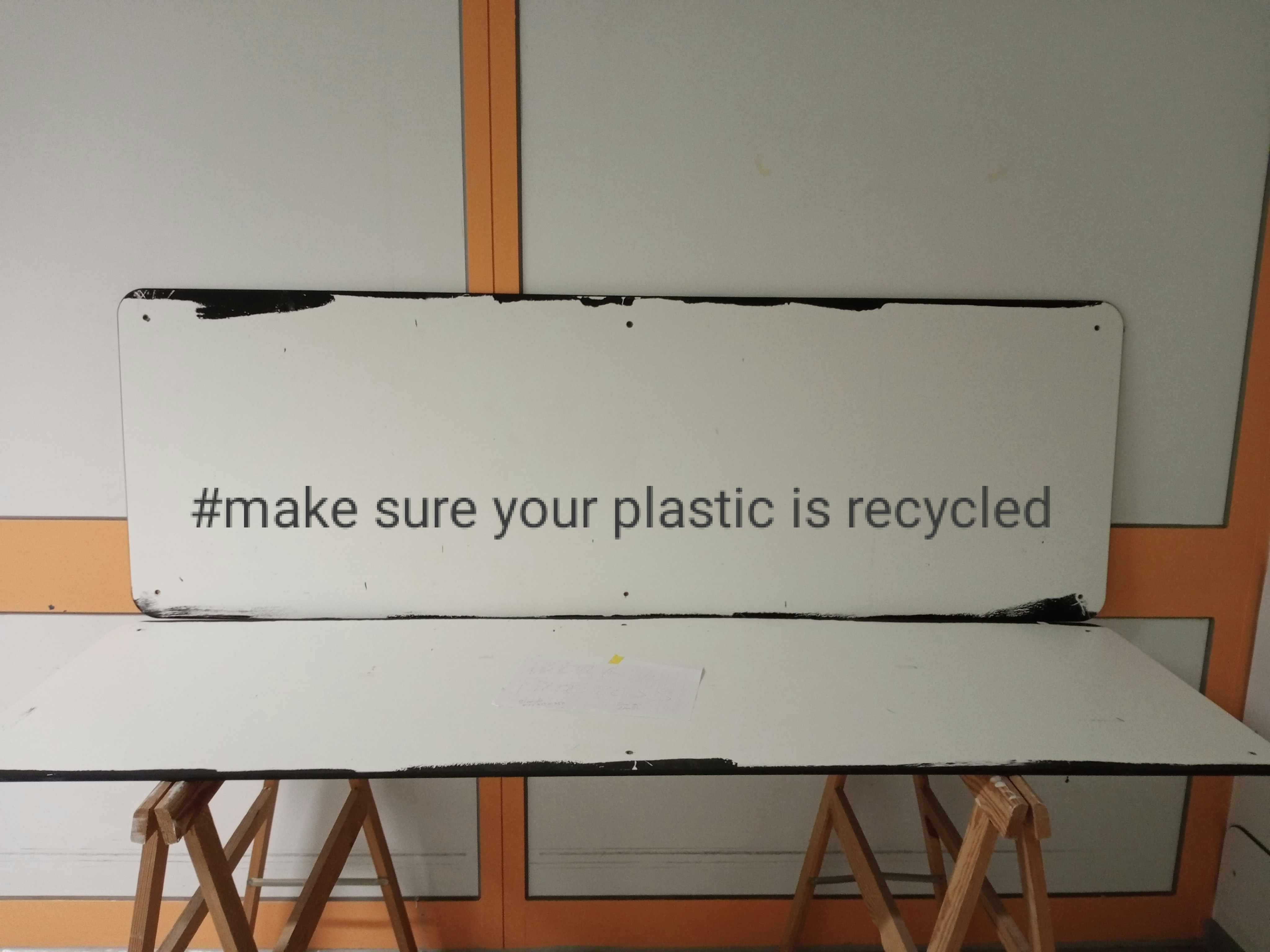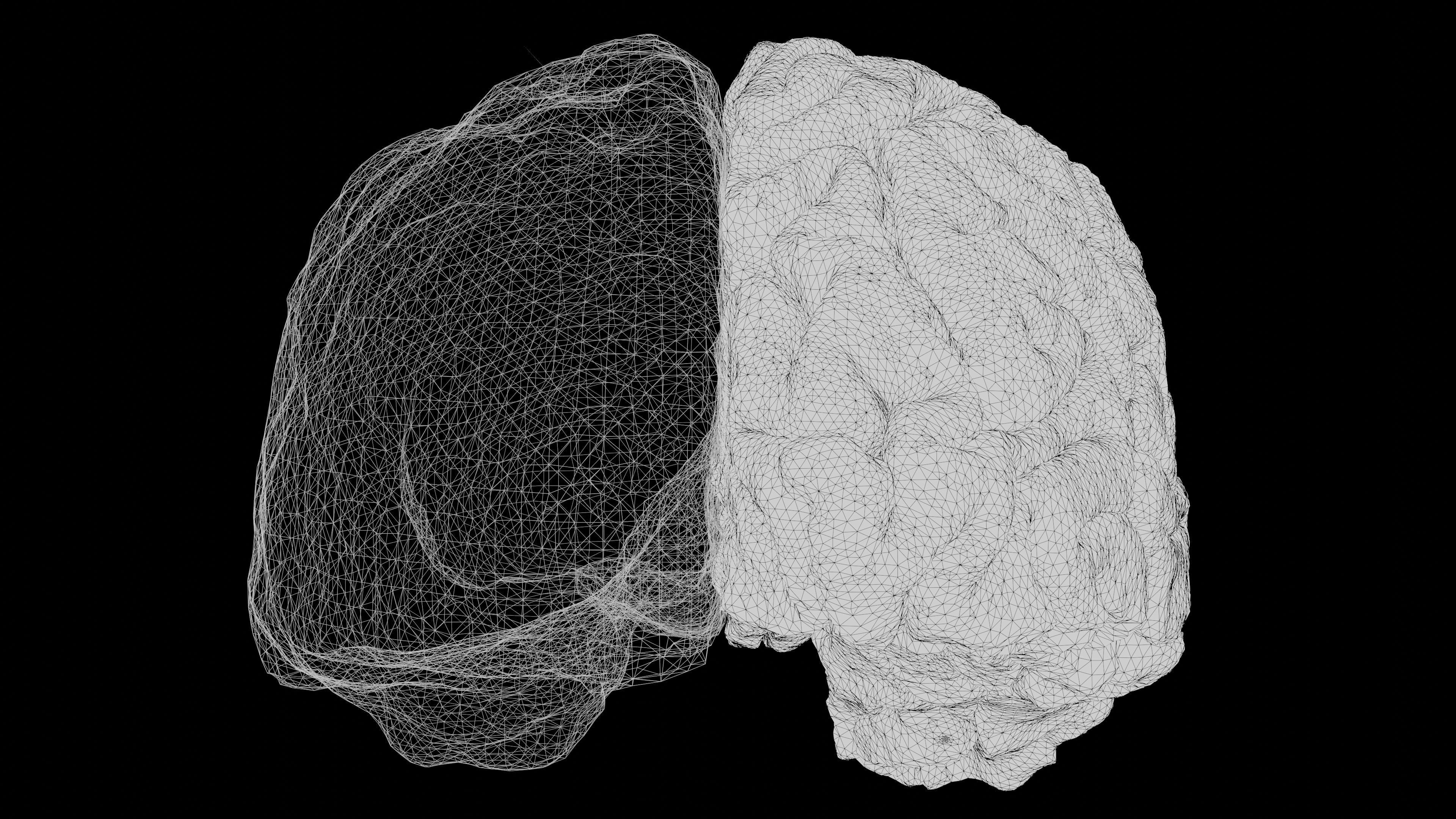Sustainable Photography: Eco-Friendly Gear Revolution in 2025
In an era where environmental consciousness is increasingly shaping consumer choices, sustainable photography is emerging as a vital concern for both amateur enthusiasts and professional photographers. How can eco-friendly materials redefine camera gear and accessories? This evolving discourse has sparked innovative practices and products that prioritize environmental responsibility while delivering top-notch functionality. In this article, we will explore how sustainable photography is not merely a trend but a crucial evolution in the industry, making significant strides towards reducing waste and increasing ethical manufacturing.
The Shift Towards Sustainability in Photography
Sustainability in photography is more than just a buzzword; it's a commitment to reducing the ecological footprint of the tools we use. As more photographers become aware of the impact of traditional photography gear, the industry is in the midst of a transformative shift. This involves everything from the materials used in production to the lifecycle of the gear itself. According to a report by the International Journal of Environmental Research and Public Health, increased awareness of climate issues has led consumers, especially younger generations, to prioritize sustainable products.
Understanding Sustainable Materials
So, what defines sustainable materials in photography? They typically derive from renewable resources, minimize waste, and have reduced environmental impacts throughout their lifecycle. For instance, companies are increasingly turning to biodegradable plastics, recycled metals, and sustainably sourced woods in their designs. This shift not only reduces waste but often enhances the quality of the products offered, showcasing the potential for innovation through sustainable practices.
Eco-Friendly Camera Gear: A Growing Market
The market for eco-friendly camera gear has seen significant growth, with various brands introducing sustainable innovations. For example, packrafting camera bags made from recycled materials are gaining traction among adventure photographers who value both functionality and environmental responsibility. These bags are designed to withstand rugged terrains and harsh weather conditions while being kind to the planet. Such gear not only performs exceptionally well but also tells a story of conscious consumerism.
-> Explore more about the influence of cultural narratives on photography gear choices in our article on cultural narratives in photography.
The Benefits of Choosing Eco-Friendly Gear
Opting for sustainable photography gear offers more than just environmental benefits. Here are a few crucial advantages:
Enhanced Performance and Quality
Sustainable gear often showcases superior craftsmanship due to the meticulous approach many manufacturers take when transitioning their materials. Companies tend to focus on quality over quantity, leading to products that are not only eco-friendly but also durable and efficient. Photographers using gear made from sustainable materials often report a noticeable improvement in performance.
Supporting Ethical Manufacturing Practices
By choosing sustainable products, you're likely supporting companies that invest in ethical labor practices. Many brands prioritizing sustainability often ensure fair wages and safe working conditions for their workers. This transparency creates a community of trust, where consumers can feel good about their purchases.
Engaging with Nature
Sustainable photography nurtures a relationship between the photographer and nature. When you invest in equipment that respects the environment, you develop a greater appreciation for the landscapes you capture. This connection inspires more conscious photography practices, encouraging individuals to portray nature authentically and respectfully.
Innovations in Sustainable Photography Accessories
The innovation in sustainable camera accessories doesn't stop with the gear itself. Photographers can find eco-friendly options in various accessories such as straps, filters, and cleaning kits. For instance, biodegradable cleaning cloths made from organic cotton or hemp are becoming popular alternatives to traditional microfiber cloths. Photographers can provide necessary upkeep to their gear without contributing to plastic pollution.
Versatile Straps Made from Recycled Materials
Camera straps traditionally made from synthetic plastics are now being replaced with materials like recycled ocean plastics or hemp. These not only offer durability and comfort but also tell a story of reclamation and responsible production.
Case Studies: Brands Leading the Way
Several brands are at the forefront of the sustainable photography movement, showcasing their commitment through innovative designs and practices.
Peak Design
Peak Design has made a name in the photography community for its environmentally conscious approach. By using recycled materials in their products and promoting a lifelong warranty that encourages repair over replacement, they've instilled a sense of responsibility among their users. Their marketing emphasizes the importance of making choices that positively impact the planet.
Tamrac
Tamrac has developed a range of eco-friendly backpacks made from recycled materials, emphasizing attention to detail without sacrificing functionality. Their products are designed to endure harsh conditions while being lightweight and user-friendly, perfect for photographers on the go.
-> Interested in transforming your photography workflow? Discover how AI tools are enhancing editing processes in our blog on AI-enhanced editing.
How to Choose Your Sustainable Photography Gear Wisely
With the increasing array of sustainable options, choosing eco-friendly camera gear can become overwhelming. Here are some tips to consider when making your choices:
Research Brand Values
Before purchasing, research the brand’s commitment to sustainability. Look for certifications, such as Fair Trade or Global Organic Textile Standard (GOTS), which indicate adherence to environmentally friendly and ethical practices.
Prioritize Versatility
Select gear that can adapt to various conditions and setups. Sustainable gear often emphasizes durability and multi-functionality—ensuring you get the most out of your investment while minimizing waste.
Stay Informed About Materials
Understand what materials your gear is made from and how they are sourced. Brands that publicly disclose their material sourcing and production practices demonstrate transparency that aligns with an eco-friendly ethos.
Educating Yourself and Others
One of the key components of a sustainable lifestyle is education. Photographers can share insights about eco-friendly gear and practices through blogs, social media, and workshops. Teaching others not only promotes sustainability but helps foster a community of responsible photographers who prioritize the environment.
Creating Valuable Content
Consider starting a blog or YouTube channel dedicated to sustainable photography practices. Sharing your experiences with eco-friendly gear can inspire others to evaluate their choices and advocate for responsible consumption, leading to a positive shift in the photography community.
Final Thoughts: Embracing the Future of Sustainable Photography
As we continue to explore the intersection of photography and sustainability, the importance of choosing eco-friendly gear cannot be overstated. Transitioning to sustainable practices not only benefits the planet but enhances our photography, allowing us to engage deeply with our subjects. This emphasis on environmental responsibility is crucial, especially for the next generation of photographers who will capture the beauty of our world in times of climate change.
Incorporating sustainable choices into your photography journey can prove rewarding, both emotionally and creatively. Engage with brands that prioritize eco-friendly practices, educate yourself and others on the importance of sustainability, and you can become a part of the photography revolution shaping our world for the better.
For further reading about how cultural narratives play a role in camera design, check out our insightful article on framing choices and explore the emotional landscape further.



